With so many factors to consider in your health and beauty routines — from choosing the right products to correct application — there’s a chance that there’s one element you may have never considered: are you brushing your hair the right way?
Yes, most people (myself included) weren’t even aware that there was a wrong way to brush your hair, but it turns out your brushing technique (and tools) can have a big effect on the health of your hair. But before we jump into the right things to keep in mind while brushing your hair, let’s address this question first: why do we brush our hair at all? I’ve never given too much thought to how I brush my hair aside from a few myths popularized by the media. Marsha Brady taught me that I should give my strands 100 brush strokes every day to promote healthy, shiny, long locks, but I’ve never been confident in the right techniques to properly treat my naturally curly hair (or how to take care of long hair in general).
So let’s start with the basics. Daily detangling aside, here are some of the main hair care benefits you get after brushing your strands:
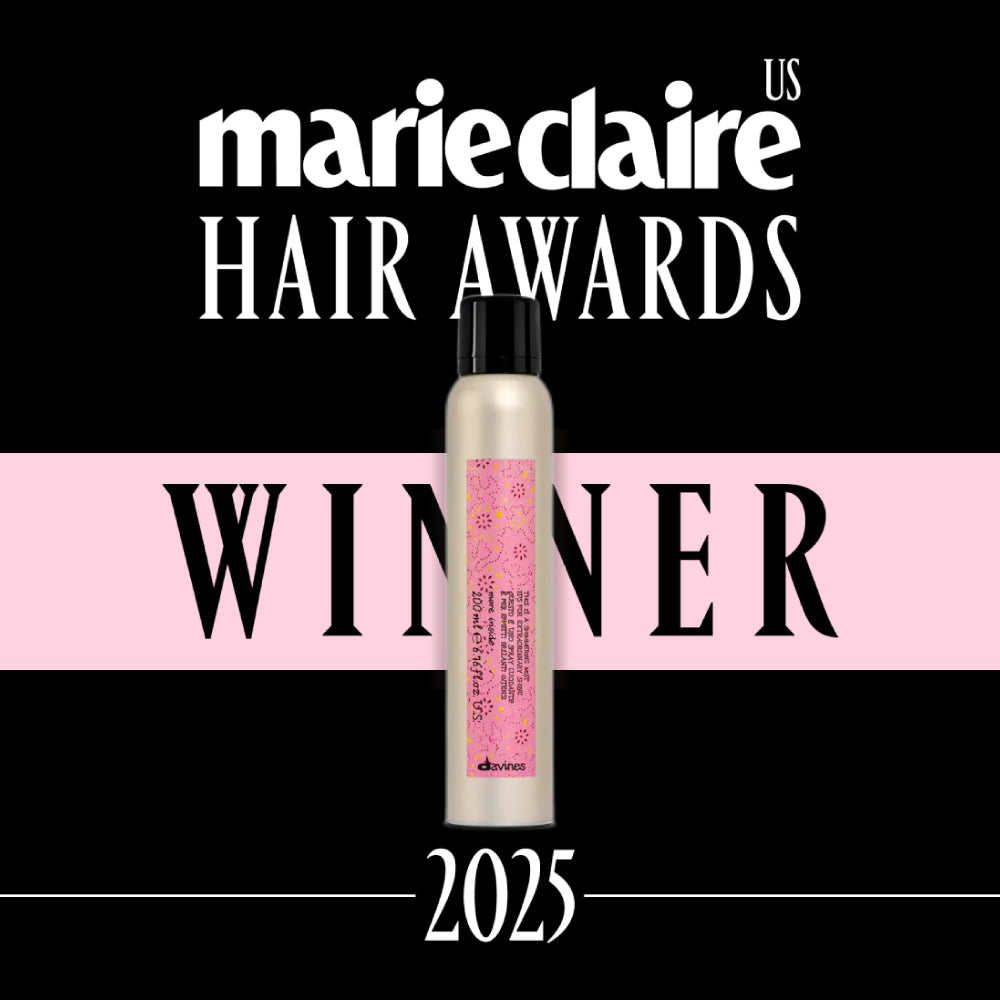


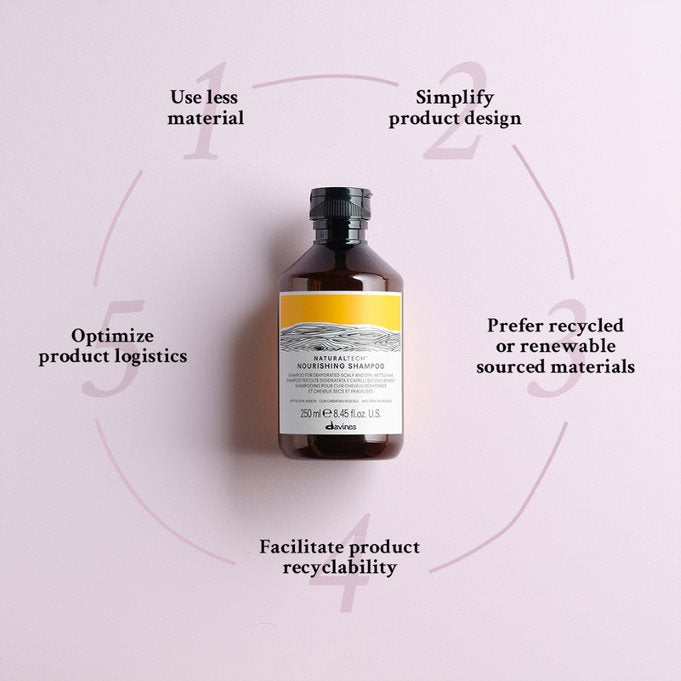
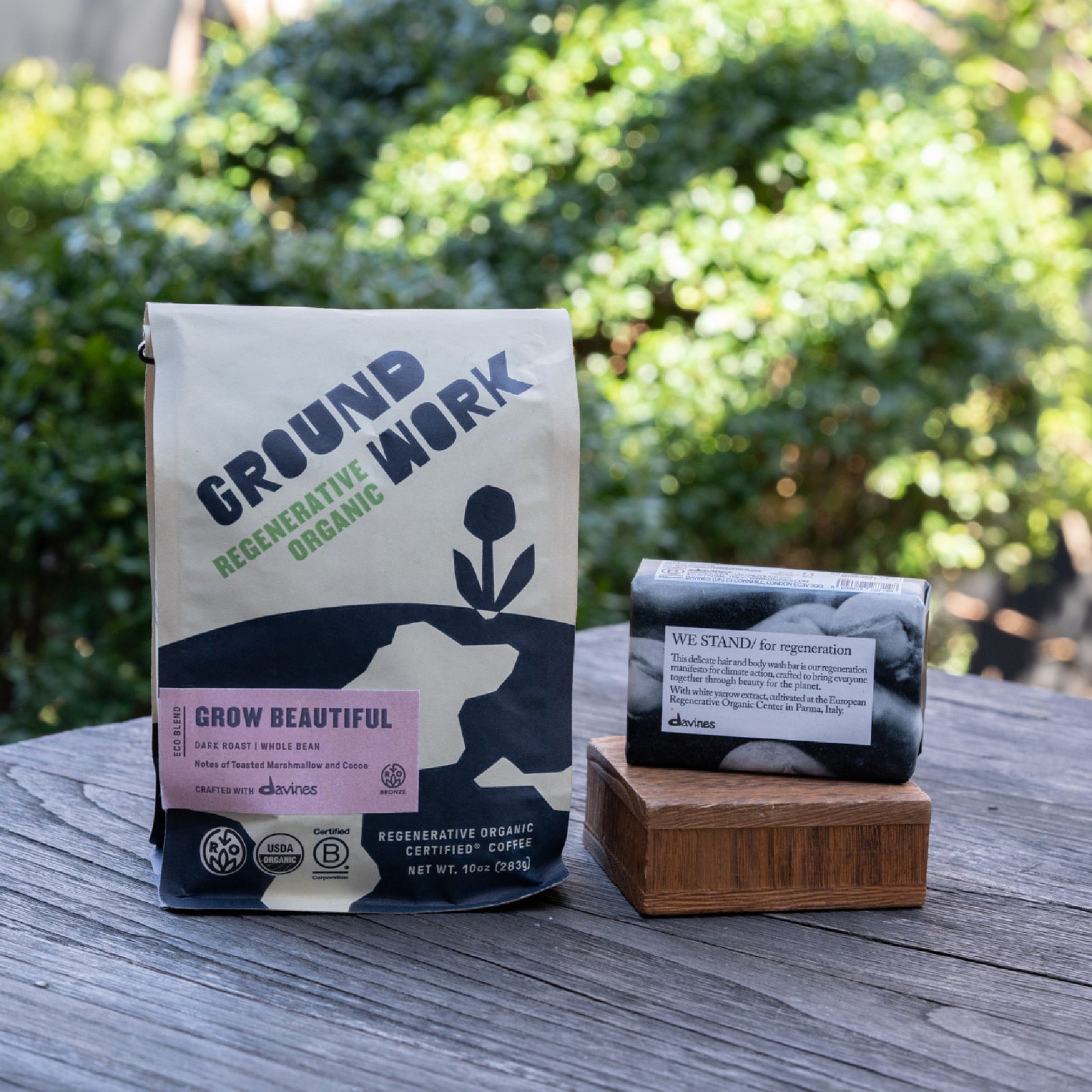
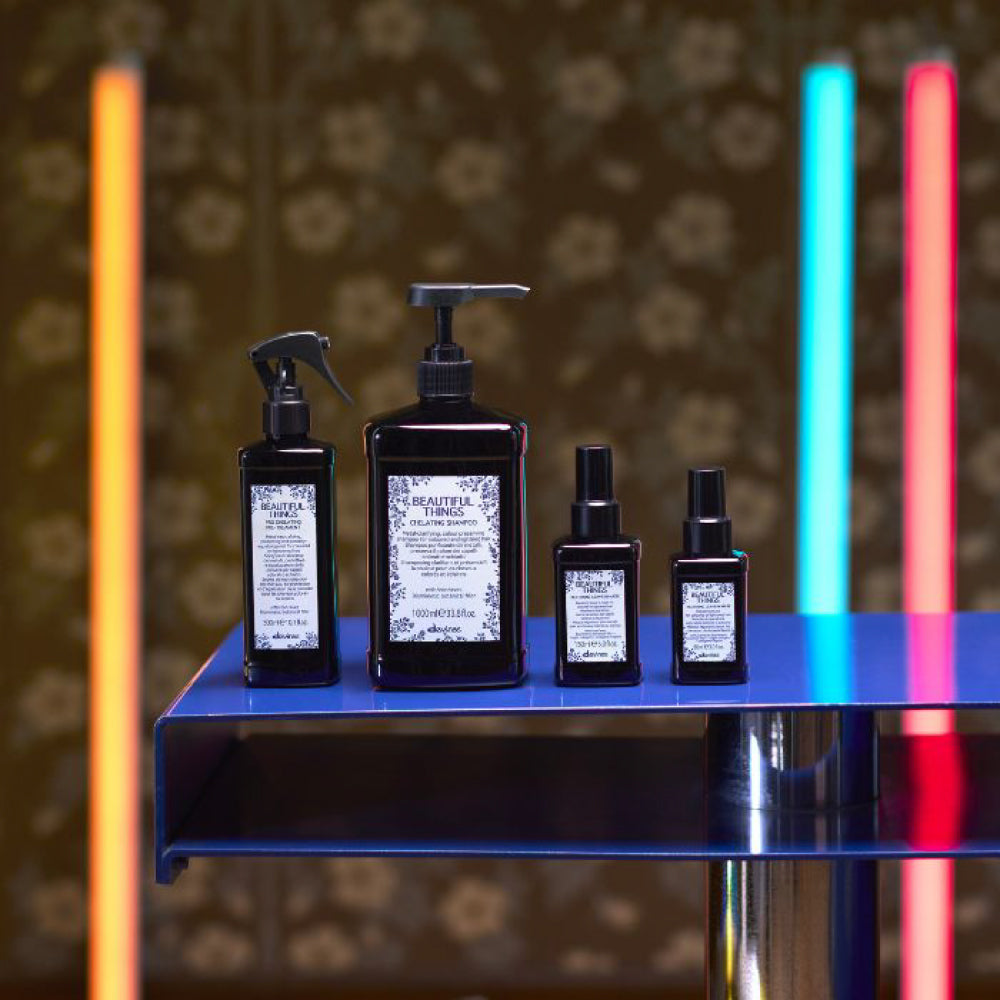
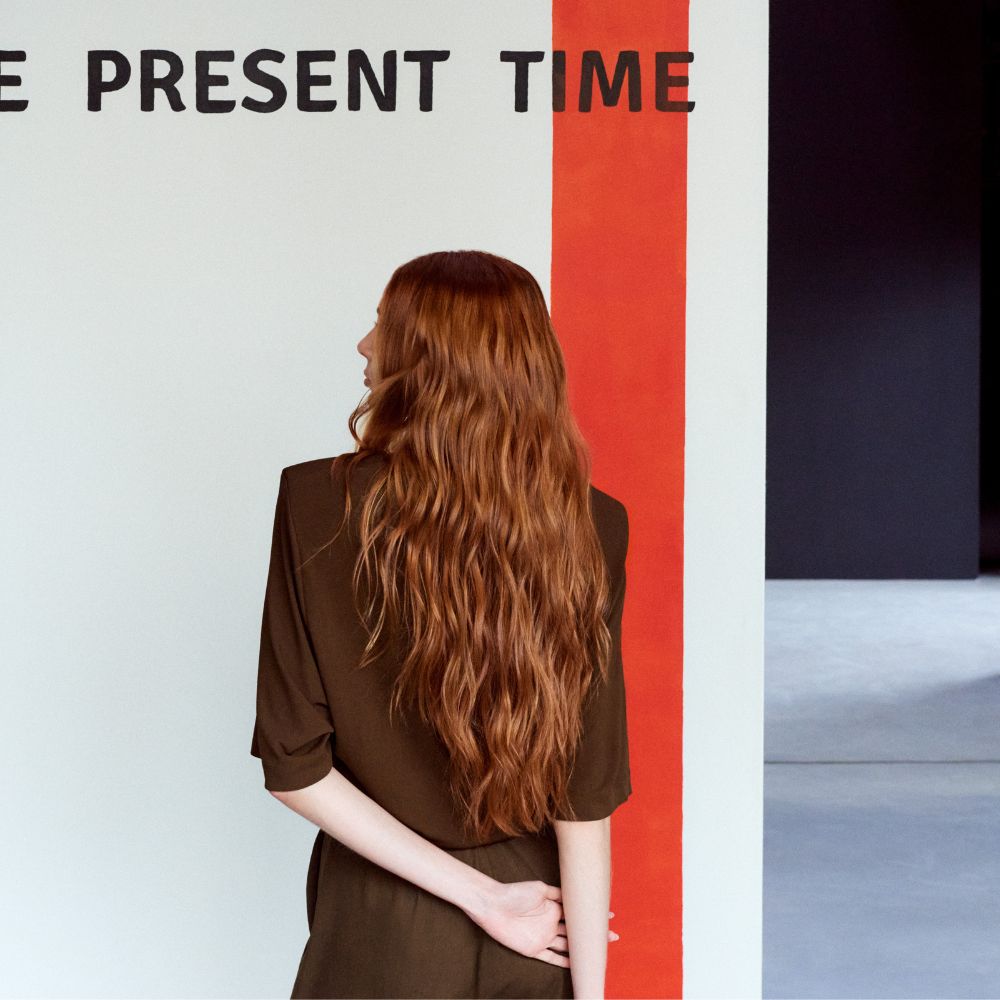
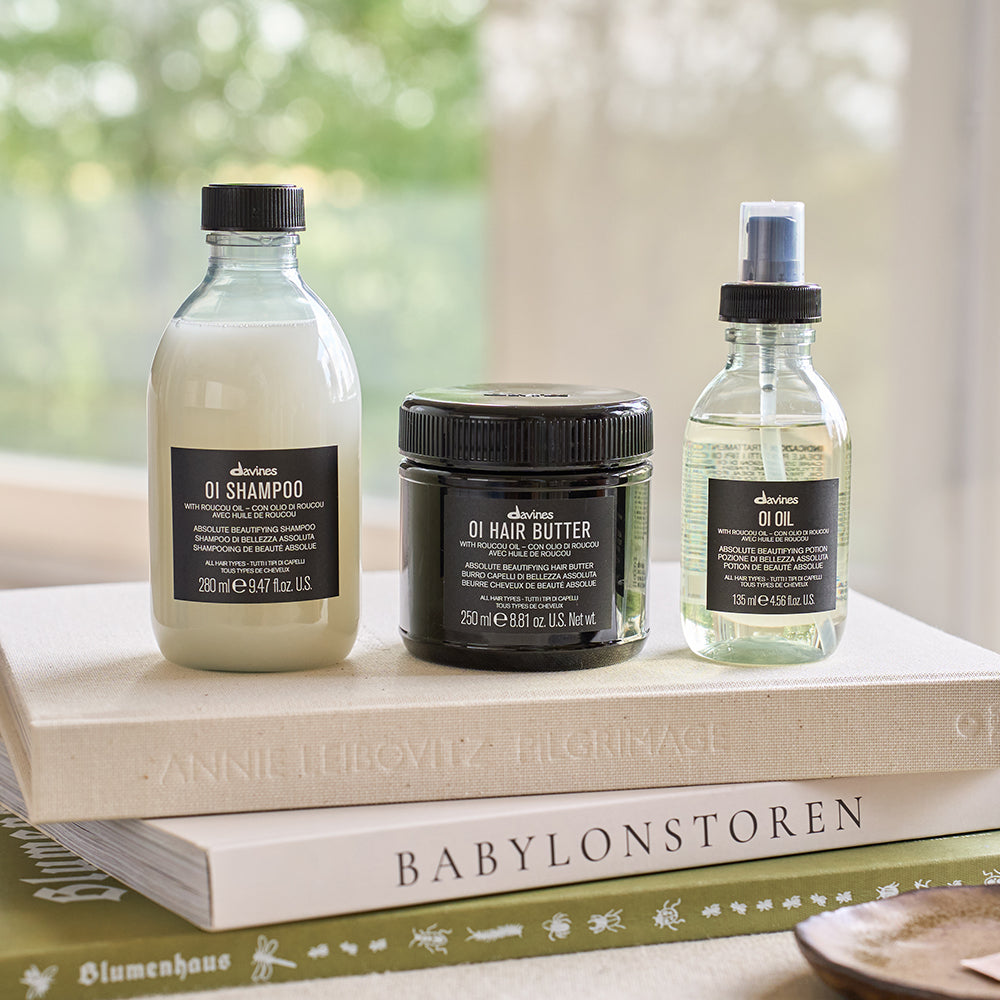
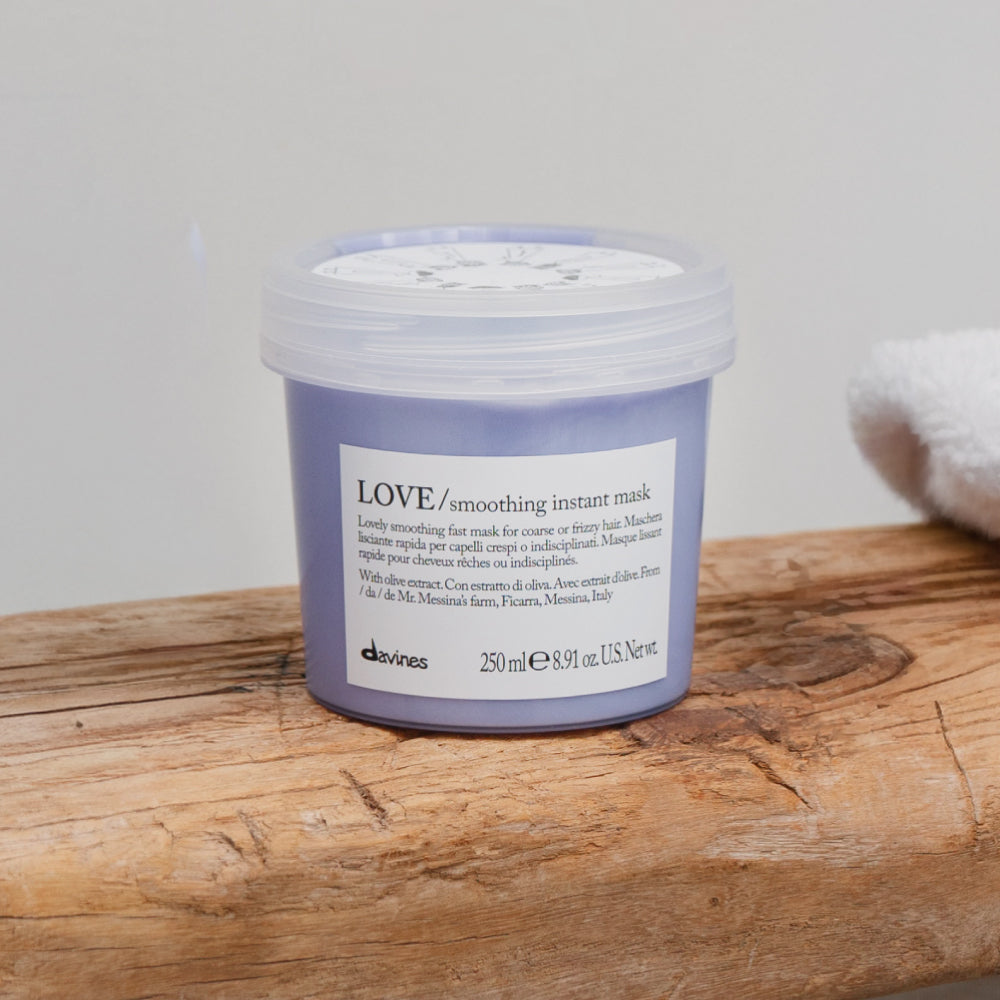

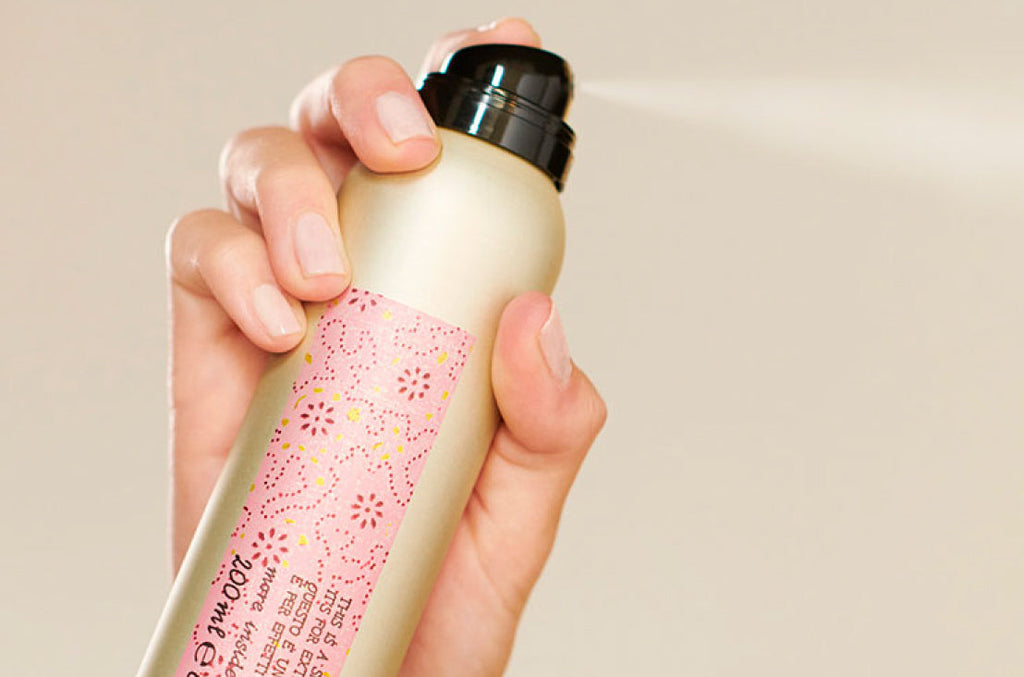
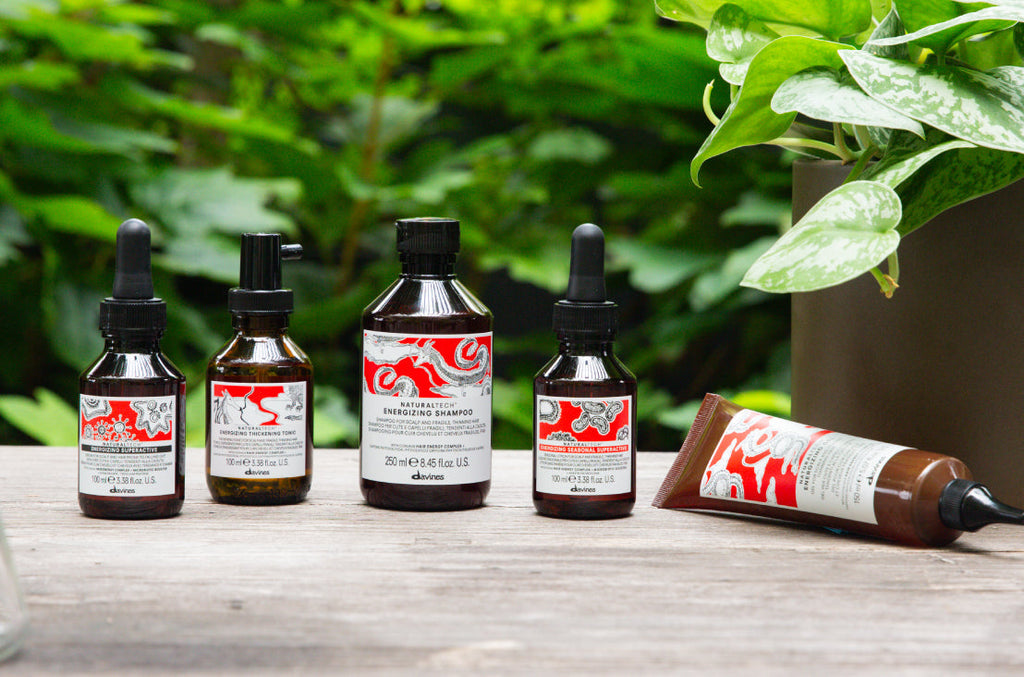
3 Comments
3 Responses
Caroll
March 17, 2023
Good afternoon. Do you have complimentary samples of shampoos and conditioners for normal, colored hair?
Patty
June 08, 2021
What’s a good shampoo for oily fine here
Patty
June 08, 2021
How many times should you wash your hair a week
Leave a comment
Comments will be approved before showing up.